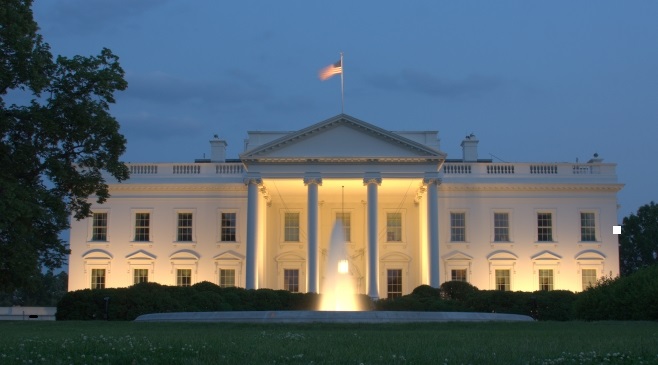1.9 Percent Raise Approved by Senate

A $153.2 billion spending bill has been approved by The Senate, which ties together many of the regular annual appropriations measures. This includes the general government appropriations bill that contains federal workplace-related policies. Their version provides a 1.9% (total) raise, which is divided across the board and locality components, but the House’s version of the general government bill has already passed.
Despite requests from the White House to forego a raise in January, The Senate voted for it anyway and created a central $1 billion fund meant to pay incentives for high-demand occupations and rewards for the high-performing employees. However, similar to the previous requests, the message didn’t contain many details. Neither version addresses that the general government bill could potentially put a fund such as this into law.
The Senate version stated: “The administration is concerned that the bill provides an across-the-board pay increase for federal employees in the calendar year 2019. Across-the-board pay increases have long-term fixed costs, yet fail to address existing pay disparities, or mission-critical target recruitment and retention goals. As proposed in the administration’s request for a Workforce Fund, the administration continues to support performance-based pay that is strategically aligned toward recruiting, retaining, and retaining high performers and those in mission-critical areas.”
The idea initially surfaced in the White House budget proposal earlier this year. However, since then, the administration has not provided details required by Congress to write this idea into law. The administration has not said how much of the amount would go to each, but it did mean that part of it would go toward paying incentives for high-demand occupations as well as rewarding top performers. The administration also noted that they intend to use some of the money to “develop and fund innovative solutions aimed at recruiting, retaining, and rewarding high-performing federal employees and those with critical skills sets.” Again, this is without specific details.
There are also many issues that could potentially arise when it comes to making payments based on performance that has not been addressed by the administration. These could include the question of whether or not only top-level rated individuals would receive a reward. If not, then what would the ratio of payments by rating level be? There is also the question of how rewards would be presented; in dollar amounts or percentages of salary. It is also unclear how to account for the different types of performance rating systems across the government.
An amendment to the Senate spending bill that would have barred a recent executive order moving administrative law judges from the competitive service to the excepted service was under consideration.
According to the White House, that change was required. They said it was due to a recent U.S. Supreme Court decision holding that ALJs must be appointed by agency heads. However, many legal associations have stated that the problem could have been solved by the agency head certifying the hiring of an ALJ and that by putting a stop to the previous competitive process along with some qualifications requirements, there is a higher risk of political influence in ALJ hiring. There was a similar amendment that was suggested for the House version, but that was rejected as well.






